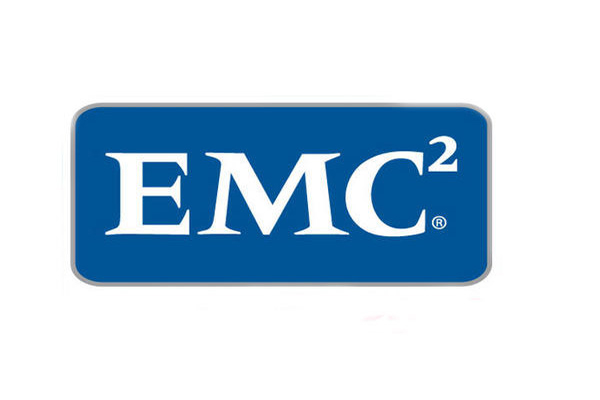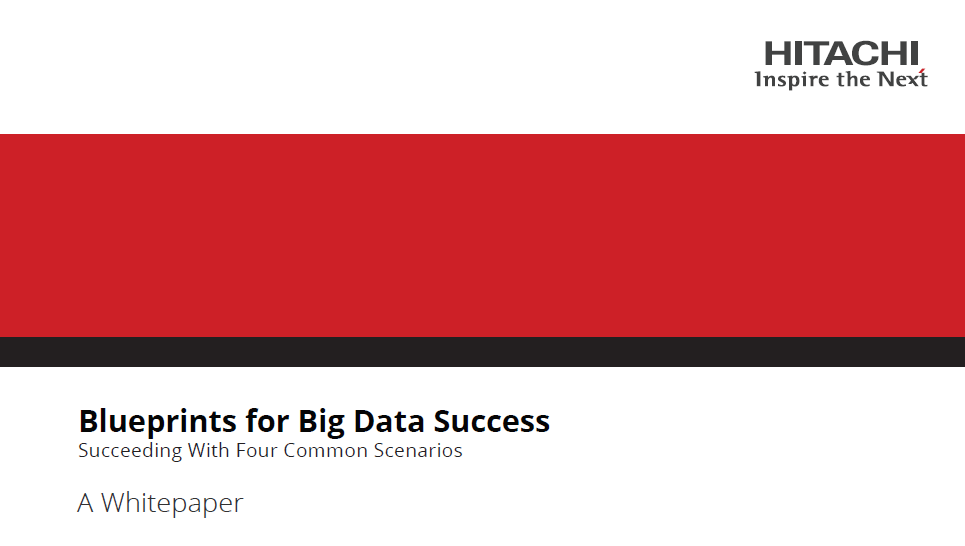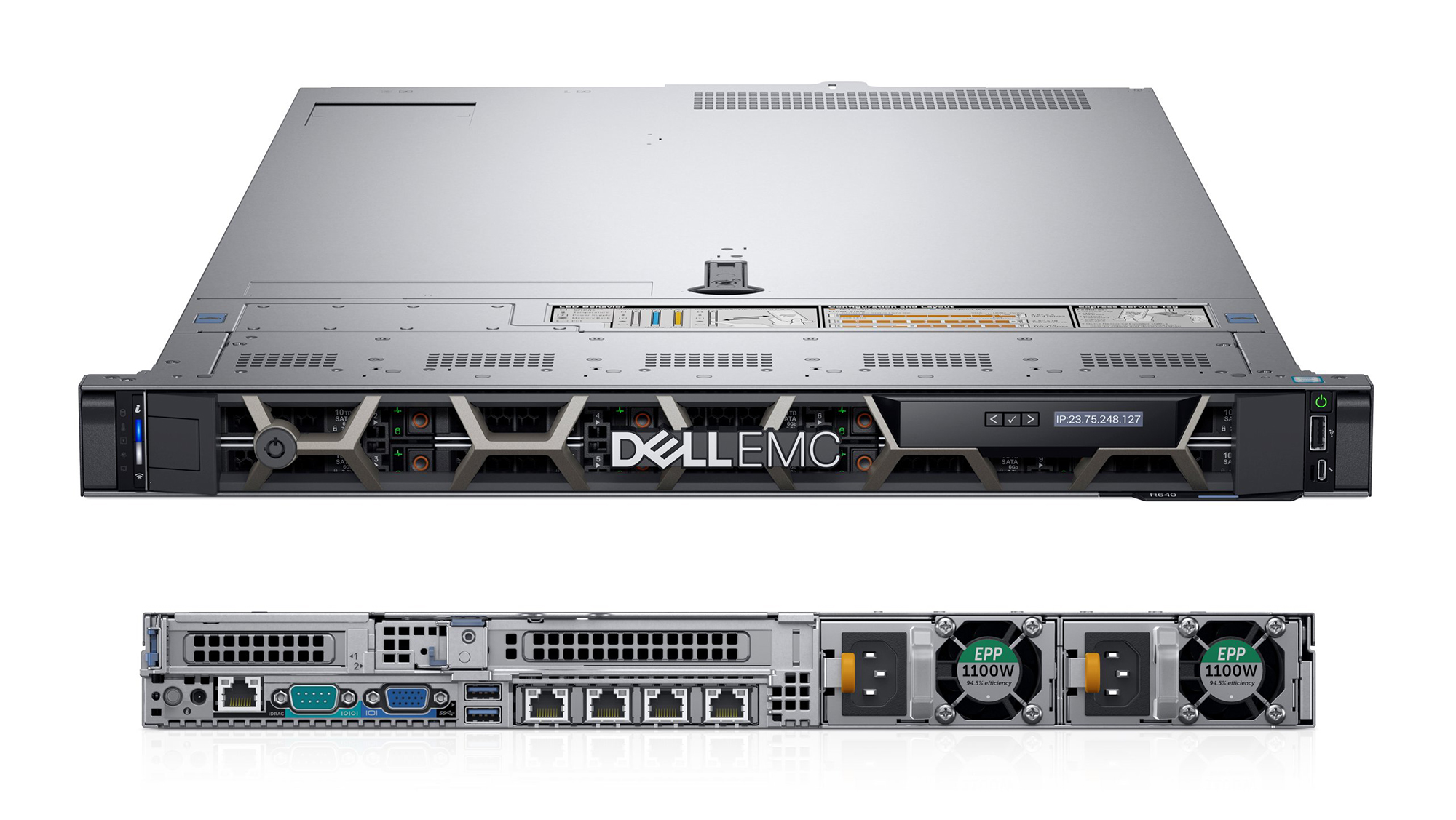EMC ViPR gets Hadoop big data analytics boost
Tech giant updates storage management portfolio amid job cuts news.

Storage giant EMC has announced a raft of enhancements for its ViPR storage management platform, which it claims will cut big data processing times by up to 80 per cent.
The product, which was announced by EMC at its annual customer and partner conference last May and went on general release in September 2013, is a core component of the vendor's software-defined datacentre strategy.
It provides users with a self-service portal where they can view available storage resources, allowing them to provision the applications and services they need.
It also allows systems admins to pool resources from a variety of different storage arrays, including those made by rival vendors, and boasts support for standard APIs from the likes of Amazon Web Services, OpenStack and Atmos.
The vendor has now added to the product's functionality by enhancing its object storage capabilities through the inclusion of support for the Hadoop Distributed File System (HDFS) in its ViPR 1.1 release.
This means IT managers can turn their existing storage infrastructure into a big data repository, allowing Hadoop analytics to be applied to any data that's under the control of ViPR.
Speaking to IT Pro, Chris Ratcliffe, vice president of marketing within EMC's advanced software division, said the inclusion of Hadoop support will have a huge impact on big data processing times.
Sign up today and you will receive a free copy of our Future Focus 2025 report - the leading guidance on AI, cybersecurity and other IT challenges as per 700+ senior executives
This is because, rather than having to move their data somewhere else for processing, the HDFS enhancements allow the analysis to be carried out where the data already resides.
"For customers it's all about time to results with big data and this can reduce that by 70-to-80 per cent," he said.
Since ViPR made its debut, Ratcliffe said the product has been warmly received, and has even won over users that are new to EMC.
To ensure this momentum continues, the company has also confirmed the 1.0 version of the software will be available from today as a free download.
As well as the ViPR enhancements, the company has also overhauled its Storage Resource Management (SRM) product suite to make it easier for admins to manage multi-vendor storage environments.
In other EMC-related news, the vendor has confirmed that 1,000 jobs at the firm will be axed by the end of the current financial quarter.
The announcement follows the publication of EMC's latest financial results, which saw the firm post lower-than-expected revenue figures for the previous financial year.
-
 Trump's AI executive order could leave US in a 'regulatory vacuum'
Trump's AI executive order could leave US in a 'regulatory vacuum'News Citing a "patchwork of 50 different regulatory regimes" and "ideological bias", President Trump wants rules to be set at a federal level
-
 TPUs: Google's home advantage
TPUs: Google's home advantageITPro Podcast How does TPU v7 stack up against Nvidia's latest chips – and can Google scale AI using only its own supply?
-
 Blueprints for big data success
Blueprints for big data successWhitepapers Succeeding with four common scenarios
-

 Dell EMC PowerEdge R640 review
Dell EMC PowerEdge R640 reviewReviews A versatile, low-profile Xeon Scalable rack server with a big heart
-
 Businesses must pay greater attention to third-party risk
Businesses must pay greater attention to third-party riskNews Roles and responsibilities must be agreed on now to avoid blindspots and recriminations
-
 EMC reveals quest to modernise the datacentre at EMC World 2016
EMC reveals quest to modernise the datacentre at EMC World 2016News IT must get most out of existing investments while upgrading, says EMC
-
 EMC open sources more storage software
EMC open sources more storage softwareNews RackHD project aims to make managing storage much easier
-
 EMC makes software-defined ViPR open source
EMC makes software-defined ViPR open sourceNews Project CoprHD is being released to the dev community via GitHub
-
 Software-defined storage could lose your data, warns HDS
Software-defined storage could lose your data, warns HDSNews Hitachi Connect 2015: Why you should be wary of deploying commodity hardware
-
 EMC takes aim at Big Data analytics with latest solution
EMC takes aim at Big Data analytics with latest solutionNews The new solution offers sophisticated storage, analysis and insight on key data to aid faster decision making